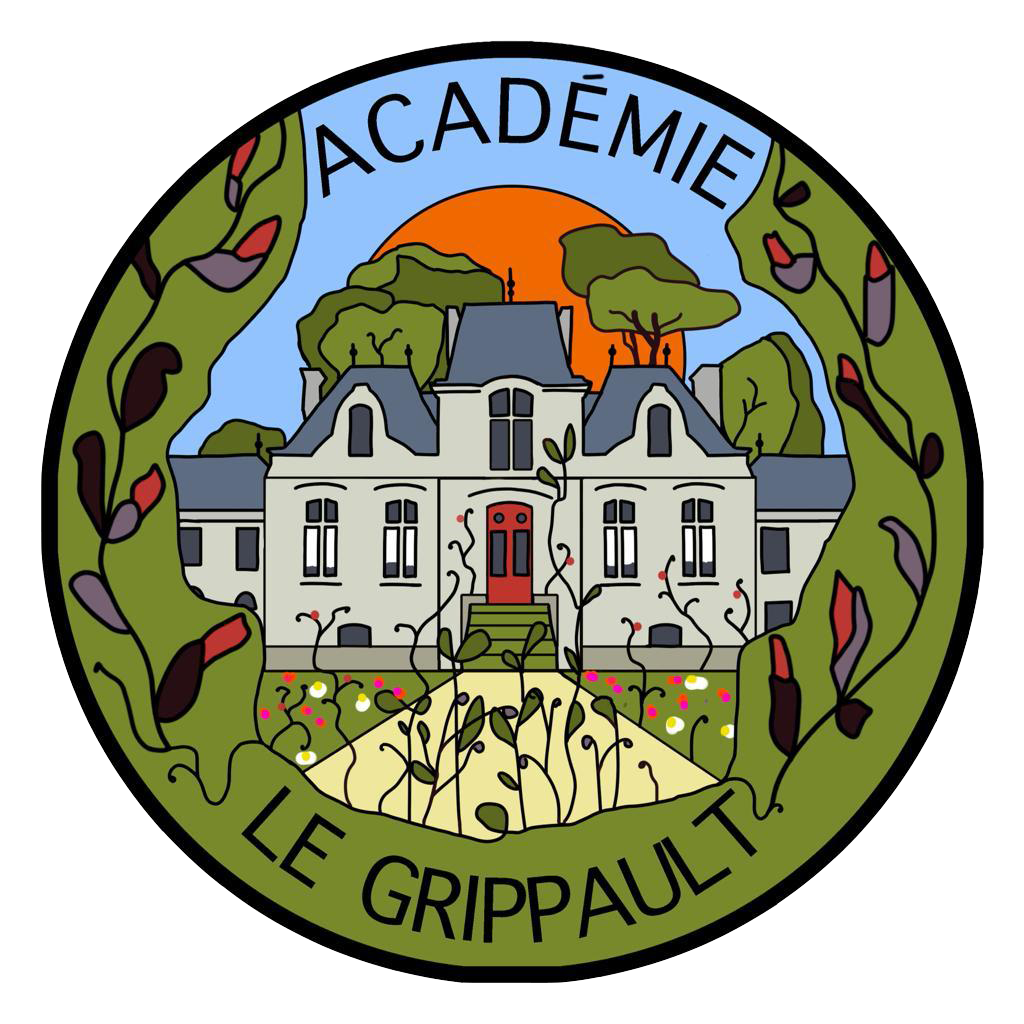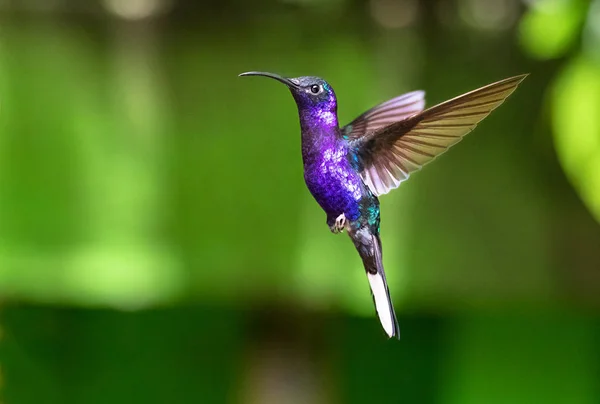Imagine a forest. Imagine a huge tropical forest. And in that forest a huge fire is raging. The fire is rapidly spreading. All the animals flee in panic to the edge of the forest where they watch helplessly as their beloved place goes up in flames. They are scared and unable to do anything. Except for one tiny bird: the hummingbird. The hummingbird says: I must put out the fire! He looks for the nearest stream, fills his beak with water and flies back to the forest where he tries to put out the fire. Back and forth he goes, for hours. The other animals watch the spectacle in amazement: the elephants with their long trunks, the hippos with their big mouths, into which so much water would fit to put out the fire. But no one does anything. Stiffened with fear, the animals watch. They ask the hummingbird: little bird, what on earth are you doing? You will never be ableto put out that big fire with that little beak of yours, will you? It will kill you! But the hummingbird keeps flying up and down to the stream. He replies: I am doing what I can.
This story was often told by Wangari Maathai. Inspired by the hummingbird, I do what I can became her life motto. Maathai was born in 1940 in rural Kenya in the village of Ihithe. She was the first East African female Professor and the first African to receive the Nobel Peace Prize. In rural Kenya in the 1970s, the first signs of climate change and environmental degradation began to show. For Maathai, the solution was simple. Trees had to be planted. And it had to be done by the women, those who provide the basic necessities of life for their families. Planting trees restores the ecosystem: the trees retain water, the soil becomes fertile again, the rain cycle recovers. And so, over the past 40 years, tree nurseries have appeared in many Kenyan villages. During that period, over 50 million trees have now been planted in Kenya, generating fuel, food, shelter and income for families. The activity of planting also creates employment and it improves soil and water quality.
The beauty of Maathais method, of course, is that it is not she, or people from her organisation, who grows and plants the trees, but women and the communities themselves. Therein lies the great success of this project: through their involvement, women regain power over their own lives. They become socially and economically stronger and their position within the family also improves. They also learn that through knowledge and skills about nature, they can tackle environmental and climate problems, on a local scale, without outside help.
Moreover, something else happened: by planting trees and the activities around them, it soon became clear that working on local environmental and climate problems is not possible without also touching democratic space. The tree increasingly became a symbol of peace and conflict management. The beauty is that traditionally in many African communities, planting a tree between two warring groups was a symbol of peace. If one planted a tree, then problems were talked out. Such practices have a long cultural tradition in Africa.
With forest clearing, not only do those forests, habitats for people, animals, plants and rivers disappear. A culture of peace also disappears. Actually, it all hooks together: over the past four centuries, old cultures have been destroyed, new ways of life and new values introduced. With that, respect for local biodiversity has disappeared. Maathai saw that to protect natural biodiversity, you have to invest precisely in cultural biodiversity. In communities where there is peace and respect for each other, nature is well taken care of. Communities where people believe in themselves again and where women drive progress.
There is an Apache saying: we do not inherit the land from our ancestors; we borrow it from our children, from all the generations that will come after us. So an inheritance is not something we leave behind, but what we grow during our lifetimes. It is not that paper in which we record which of our children gets which possessions.
We can all be the hummingbird: with the future in mind, we can make conscious decisions every day in everything we do. Setting aside our fears of the future and choosing hope. The hummingbird may not have been able to extinguish the entire forest, but it was still able to extinguish a much larger part than the other animals could have foreseen.
We will be the hummingbird: we do what we can.
Leonoor and Jeroen

